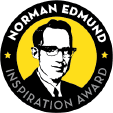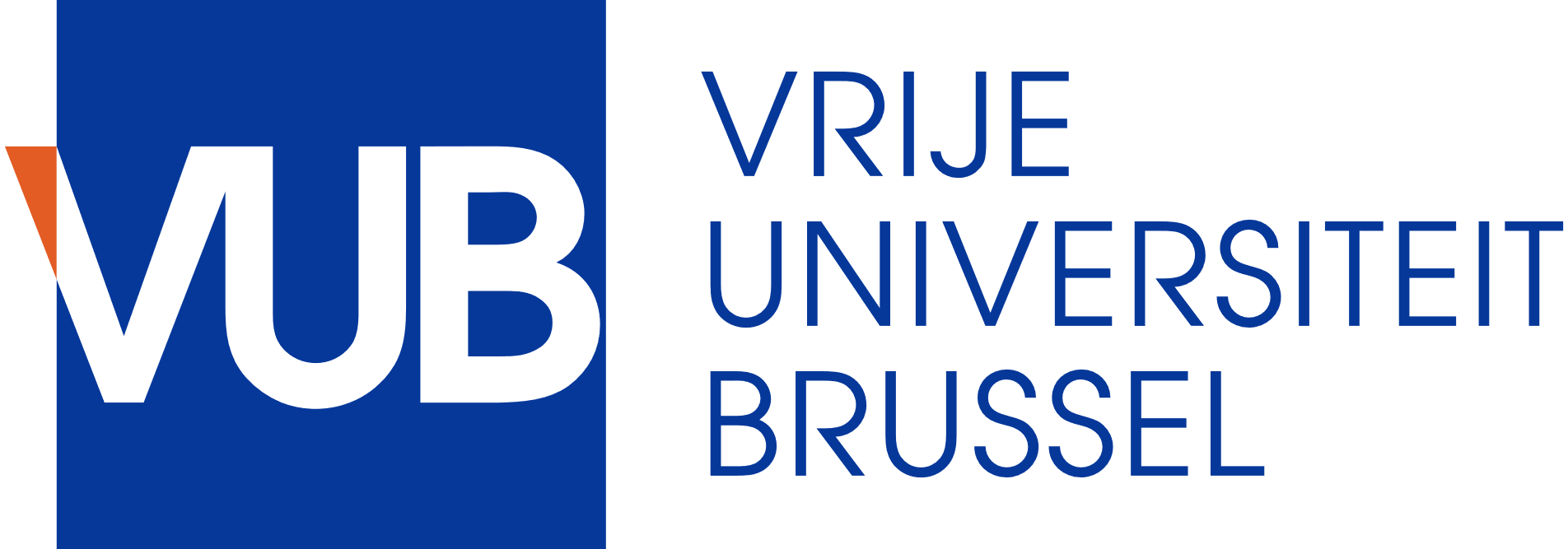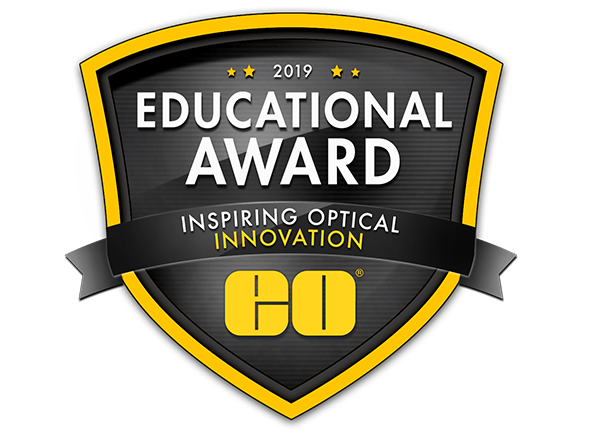

Norman Edmund Inspiration Award Gewinner
University of North Carolina Charlotte, USA – eingereicht von Cobey McGinnis
This project focuses on developing a single-pixel hyperspectral imaging camera that can identify malignant tissue and allow for real-time margin assessment by surgeons. The American Cancer Society estimates that more than 1.7 million people will be diagnosed with cancer in 2019 and that over 600,000 people will die from the disease. Surgery remains the primary treatment for solid mass tumors with the objective being to remove malignant tissue while minimizing damage to adjacent healthy tissue. This project demonstrates an impactful, applicable research opportunity in the field of optics that could lead to more positive outcomes for cancer patients who require surgery.

 Amerika — $10,000 in Form von Produkten
Amerika — $10,000 in Form von Produkten
University of Colorado Boulder, Amerika – eingereicht von Emily Bedell
For the design of an in-situ fluorimeter to detect microbial risk levels in drinking water sources in real-time. The application will be in low-income contexts where fecal contamination of drinking water is prevalent. Currently, approximately 780 million people in the world lack access to an improved water source, and unsafe drinking water is a leading cause of preventable disease and higher mortality. Cost effective, real-time assessment of microbial water quality is needed to provide early warning alarms of contamination risk. View a summary of this research here.

 Europa — €7.000 in Form von Produkten
Europa — €7.000 in Form von Produkten
Friedrich Schiller University Jena, Institute of Applied Physics, Deutschland – eingereicht von Jan Sperrhake
In neonatology and pediatric intensive care medicine, it is very important to continuously observe the vital signs of newborns. But existing technology relies on sensors that have to be attached to newborns, which cause restriction of movement and sometimes even painful skin irritations. Reliable data on vital signs is essential in order to prevent lung and heart failure or even sudden child death. The project aims to solve these problems through the development of an all-new multipurpose, contactless medical sensor device. A high-resolution 3D imaging system is being developed that allows collecting data on the movement of patients. Additionally, spatially resolved multi-spectral imaging is being used to detect and map different vital signs at once. The success of this project could be a door opener for more contactless medical technology, revolutionizing many processes currently in place.

 Amerika — $7,500 in Form von Produkten
Amerika — $7,500 in Form von Produkten
University of Arizona, Amerika – eingereicht von Travis Sawyer
For the development of a novel endoscope for early detection of esophageal cancer. The device uses optical coherence tomography (OCT) to analyze tissue structure and hyperspectral imaging (HSI) to probe metabolism. This endoscope will be the first to integrate OCT and HSI in a clinically-translatable device for esophageal cancer screening.

 Europa — €5.000 in Form von Produkten
Europa — €5.000 in Form von Produkten
University of Bern, Schweiz – eingereicht von Andreas Riedo
Reliable in-situ detection of signatures of life on extra-terrestrial bodies within the solar system is extremely challenging and depends on various parameters, including the application of robust and sensitive measurement techniques for the detection of biological signatures. This project aims to develop a robust and sensitive detector for the reliable in-situ detection of such signatures of life on these bodies within the solar system. This will be done using a novel and sensitive miniature laser desorption mass spectrometer, a system not yet applied in space science, which is coupled with a nanosecond laser system operated in the UV. Amino acids relevant to life, drop casted on a stainless-steel substrate, can be gently desorbed and identified down to trace level concentrations. The sensitivity and robustness of the system is being designed to outperform other available space systems designed for life detection and is being considered by NASA for its upcoming mission to Europa.

 Amerika — $5,000 in Form von Produkten
Amerika — $5,000 in Form von Produkten
University of Central Florida, Amerika – eingereicht von Guanjun Tan
For the resolution of several remaining optical challenges in head-mounted display systems, including virtual reality and optical see-through augmented reality. This project uses advanced active liquid crystal elements to solve several challenging issues of near-eye displays.

 Europa — €3.000 in Form von Produkten
Europa — €3.000 in Form von Produkten
Vrije Universiteit Brussels, Belgien – eingereicht von Alejandro Madrid Sánchez
The slow speed of current two-photon polymerization (TPP) for printing 3D structures makes it an inefficient technique for manufacturing wound dressings at a centimetre scale. This project proposes a novel solution to reduce the printing time by producing tailored voxels which can enable large-scale 3D structures to be implemented in biomedical applications. The idea is to use beam shaping optics to redistribute the irradiance profile of the laser beam, optimize the use of the laser energy, and produce larger voxels that compose larger 3D structures. This has the potential to lead to a substantial increase in 3D printing speed and could have wide-reaching impact across many different sectors.


Alle 30 weltweiten Finalisten des Educational Award Programms werden für den Norman Edmund Inspiration Award berücksichtigt und erhalten die Chance auf zusätzliche EO Produkte im Wert von 5.000 USD.
Der Preisträger wird vom Edmund Optics Board of Directors Komitee bestimmt. Ausgezeichnet wird das Projekt, das das Erbe von Firmengründer Norman Edmund am besten verkörpert. Norman Edmund war ein herausragender Unternehmer und der kreative Kopf von Edmund Scientific, aus welchem sich später Edmund Optics entwickelte. Durch seinen Katalog voll optischer Innovationen und seiner Freude an wissenschaftlichen Experimenten hat Norman Edmund Generationen von jungen Leuten für die Naturwissenschaften und das Engineurwesen interessiert und begeistert, und er bleibt bis heute für seine Neugierde und Passion zur Wissenschaft in sehr guter Erinnerung.
Der Gewinner des Norman Edmund Inspiration Award wird am 8. November 2019 bekannt gegeben. Alle oben genannten Bedingungen gelten auch für den Norman Edmund Inspiration Award.
weitere regionale Telefonnummern
ANGEBOTSTOOL
Geben Sie zum Starten die Produktnummer ein.
Copyright 2023 | Edmund Optics, Ltd Unit 1, Opus Avenue, Nether Poppleton, York, YO26 6BL, UK
Die Edmund Optics GmbH Deutschland fungiert als Handelsvermittler für die Edmund Optics Ltd. in Großbritannien.
Vertragspartner ist die Edmund Optics Ltd. in Großbritannien.